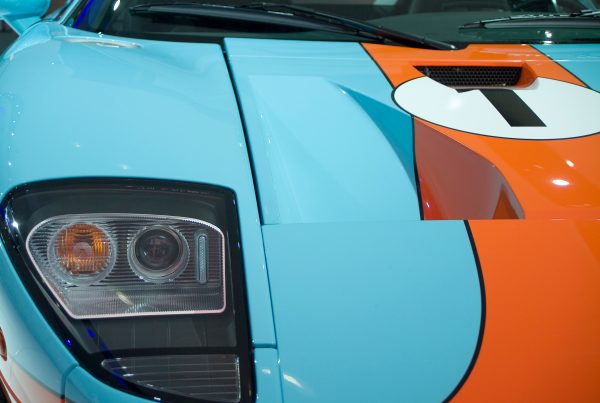In October of 1939, the Lincoln Zephyr Continental arrived with a long and elegant hood. It became an immediate design icon and was later displayed in the MOMA in 1946 as one of the eight cars exuding design excellence. The vehicle received high praise for its design, including its rear-mounted spare tire––which paid homage to prestigious European styling elements. Architect Frank Lloyd Wright considered the Lincoln Zephyr Continental as “the most beautiful car in the world.”
Inspired by European Elegance
While Ford was known for power, durability, and dependable transportation, Edsel wanted Lincoln to be different. In 1932, Edsel met Bob Gregorie––a yacht designer––who moved back to Detroit after the depression to work in the auto industry. Edsel, Gregorie, and John Crawford (Edsel’s executive assistant) formed a three-person design team for the Ford Motor Company and Lincoln. The original inspiration for the Continental began with a European excursion in 1938. Edsel was impressed and astounded by the elegance and luxury of European automotive design.
When his team returned to the states, Edsel set out to design a new and stylish Lincoln.
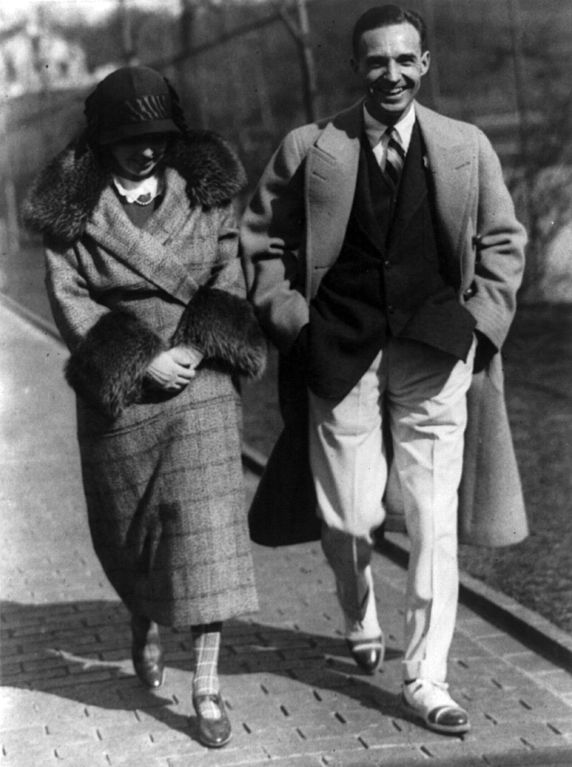
The Birth of a Vision
The three-person team began with the existing Lincoln Zephyr chassis as its basis. Keeping with the European theme, Gregorie designed a special convertible cabriolet. By October 1938, all ideas were ready and finalized with a 10th scale clay model. Gregorie and Edsel worked tirelessly, ricocheting ideas, offering suggestions, and slowly tweaking and changing concepts.
During one instance, Gregorie wanted to conceal the spare tire in the trunk, but Edsel insisted on keeping it mounted to the rear of the car; to reinforce the image of a low, speedy automobile. To aid in Edsel’s request, Gregorie had the hood lengthened by 12 inches and removed four inches from the body to lower the car.
Thus, the sleek Continental design was born.

A Growing Demand
By the start of 1939, as the prototype car, known as the Lincoln-Zephyr Continental, neared completion, Edsel ordered two more for his sons Henry II and Benson. Edsel headed down South to his winter home in Hobe Sound, Florida, with the order placed, where he would receive his prototype. As Edsel cruised down the Florida interstate, he turned heads among his friends in his luxurious, sleek ride. When he returned to Michigan, he was greeted with orders for 200 more cars!
Sensing the growing demand, Edsel, Gregorie, and Crawford started working on producing cars at a much faster, reliable rate.
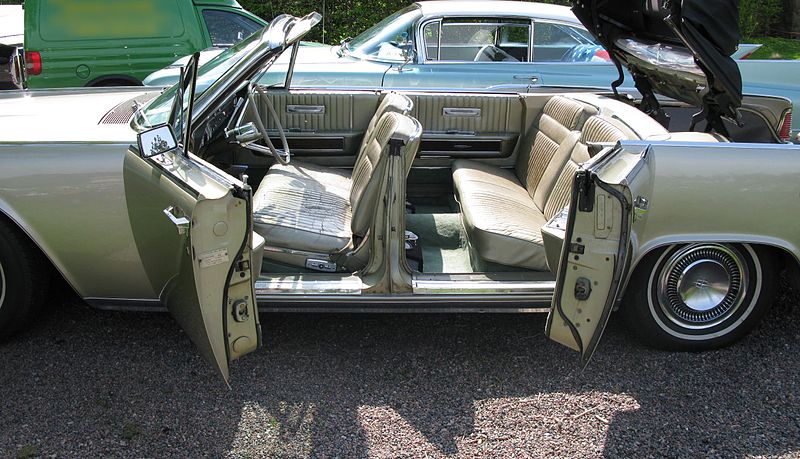
The Lincoln-Zephyr Continental Assembly Line Begins
On October 2, an assembly line was set up to meet the ever-growing demand for the Lincoln-Zephyr Continental. Near the end of 1939, 25 cars had been produced and were designated 1940s models. In the first model year, 404 models were produced; 350 Cabriolets and 54 Coupes.
Each vehicle was hand-built using Lincoln-Zephyr-branded trim pieces with an upholstery combination of leather and whipcord. Under the hood was a Model H V12 Engine, and pricing began at just over $2,500 for either the Cabriolet or the Coupe.
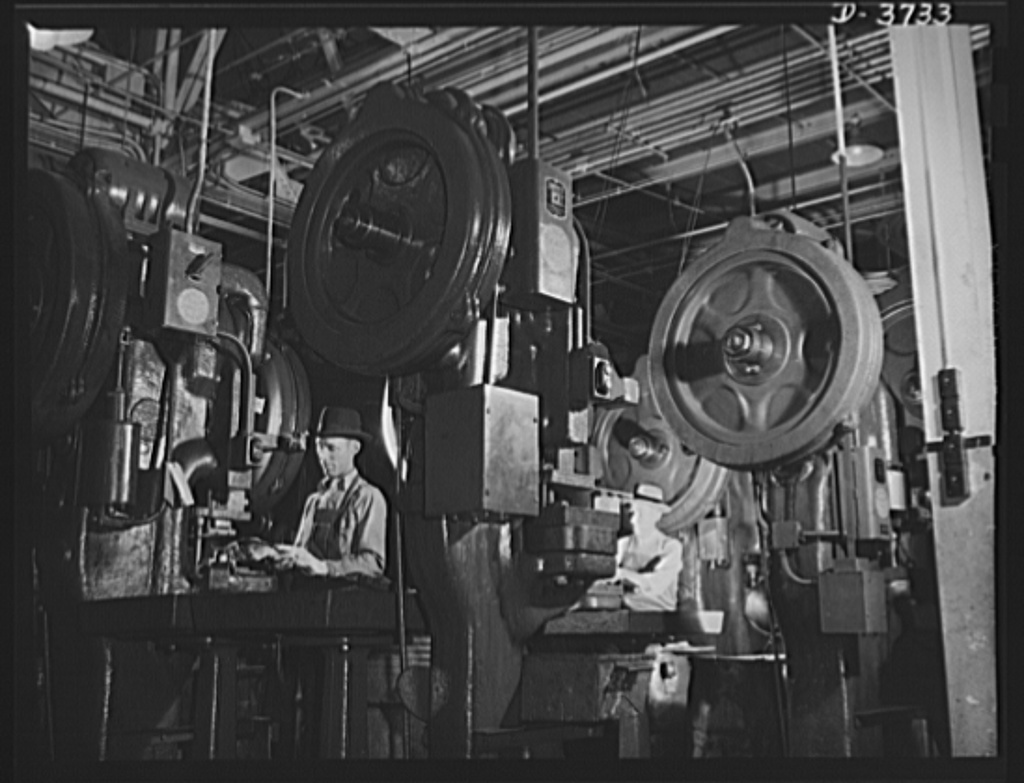
A New Name; A New War
In 1941, Zephyr was dropped from the namesake, and the car was known as just the Lincoln Continental. Upgrades and modifications were always the top priority, as the demand for the car remained high throughout 1941. As the beginning of WWII was fast-approaching, automobile plants were converted to wartime production. Unfortunately, due to the unprecedented events, the Lincoln Continental saw its last production year in 1942.
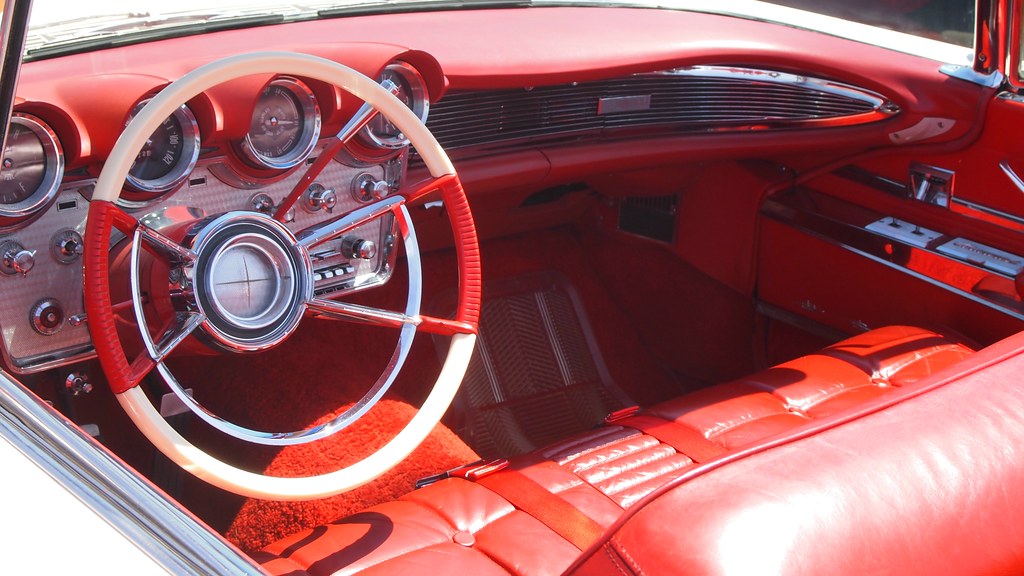
The Lincoln Continental Revisited
After the end of WWII, the Continental was built from 1946 to 1948; with no clear design or purpose. Changing tastes and production techniques made it hard for manufacturers to maintain sufficient quantities. Unfortunately, the room in the market was occupied, and personalized, luxury vehicles were put on the backburner. To continue the Continental lineage, a total re–design from scratch would be needed.
However, the death of Edsel Ford in 1943 left a void and gap in the vision and direction for the Continental––leaving redesign virtually impossible to acquire.

The Lineage of a Detroit Classic
The first generation of the Lincoln Continental offered a range of luxury and elegance not commonly found in the automotive industry. In all, 5,324 Continentals were produced; 3,047 Coupes and 2,277 Cabriolets were hand-built. The unique vision and prestigious hand of Edsel Ford and the design expertise of Bob Gregorie led to one of Detroit’s iconic classic cars.
When the Lincoln Continental Mark II was introduced in 1955, it lived up to the standards of design and excellence formerly envisioned by Edsel Ford.



